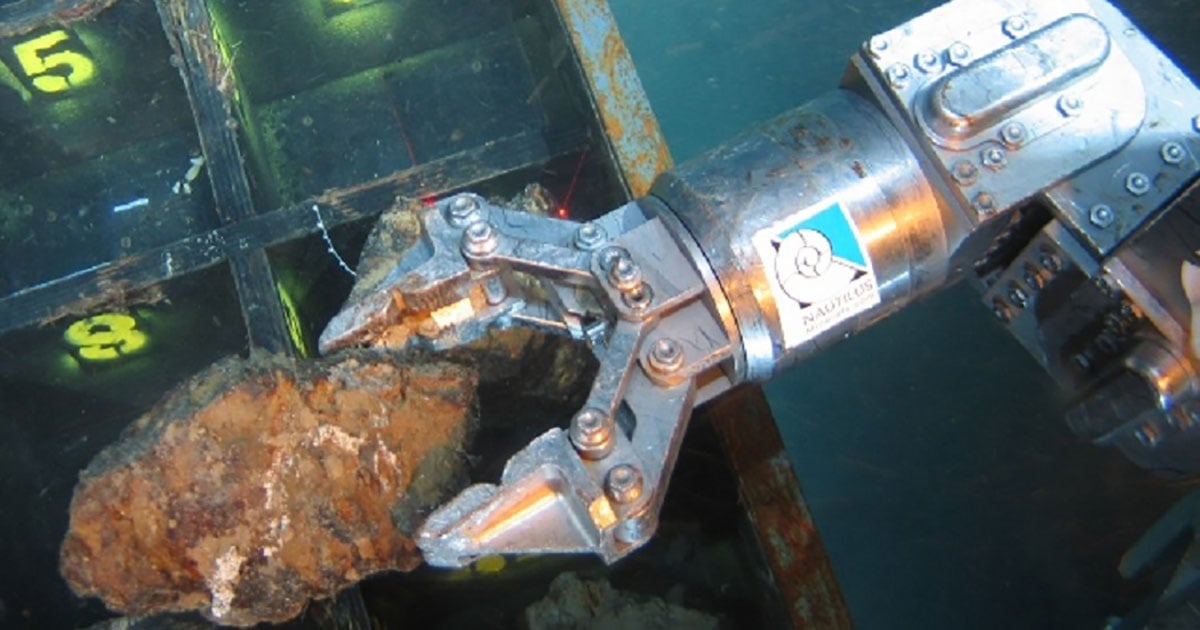A legal adviser says the current knowledge and available science are insufficient to approve deep-seabed mining and calls for “a precautionary pause” to protect the marine environment
Under the surface of our Pacific, Indian, and Atlantic oceans is a seabed littered with rocks – but these are no ordinary rocks.
These are actually polymetallic nodules, which are a potential mineral resource for copper, nickel, cobalt, iron, manganese, and rare earth elements. As a result of their use in electronics such as rechargeable batteries and touch screens, these metals have become increasingly important in our lives. The purpose of deep-sea mining is to extract these minerals, but it is likely that to result in widespread damage to large sections of the deep-sea environment.
While deep-sea mining seems like a more recent technological advancement, in 1994 the United Nations established the International Seabed Authority (ISA) under the United Nations Convention on the Law of the Sea (Unclos) to manage, regulate and control mineral-related activities in international seabeds.
But in a recent investigation of internal ISA documents, the New York Times reported that agency leadership downplayed environmental concerns and shared confidential information with companies involved in seabed mining.
One of the most complex and understudied habitats on our planet, any proposal for deep-sea mining needs to be guided by strict environmental considerations since it remains uncertain how the seafloor will respond to and potentially recover.
While mining advocates say mining is necessary for renewable energy technologies, others say scientific experts may need decades to fully understand the seabed’s marine life and its ramifications from mining. In spite of these concerns, the ISA is writing a global mining code that could lead to the seabed being commercially exploited by 2024.
Scientists, governments, NGOs, and others around the world are concerned that seabed mining will have a significant, irreparable environmental impact, given the limited knowledge we have on the biodiversity and ecology there.
Palau, Fiji, Samoa, Micronesia, New Zealand, Costa Rica, Spain, Germany, Panama, and Chile are among the ISA Council member countries that called for an ocean floor mining moratorium or pause.
A legal adviser for the German mission to the UN, Michael Hasenau, stressed during the Convention anniversary meeting in December 2022 that current knowledge and available science are insufficient to approve deep-seabed mining. To protect the marine environment, “a precautionary pause” is called for, he says.
Meanwhile, Brazil, the Netherlands, Portugal, Singapore, Ecuador, Italy, and Switzerland have indicated that they will not approve mining contracts until adequate environmental protections are in place. A similar position was taken by the Group of Latin American and Caribbean Countries (GRULAC), and during the UN’s climate change conference in Egypt in November 2022, French President Emanuel Macron also asked for a complete ban on deep-sea mining.
In Australia, seabed mining is still considered an emerging industry. In the first three nautical miles offshore, referred to as “coastal waters,” each state governs mineral exploration and recovery. Commonwealth law governs the area adjacent to the continental shelf beyond the first three nautical miles. Currently, CSIRO is leading a consortium of organisations in creating what it calls: “a blueprint for responsible, low-impact deep-sea mining,” which it says is: “to highlight any potential impacts of a deep-sea mining proposal from The Metals Company” (TMC – a North American mining company.)
“Initially, we will work with other experts to understand the entire ecosystem and how the different parts interact with each other,” says Dr Piers Dunstan, a researcher with CSIRO’s Oceans and Atmosphere.
“That approach will allow us to begin identifying the parts of the ecosystem that are vulnerable to impacts from different activities – because clearly not every disturbance will have an impact on every part of the system,” Dunstan says.
They then develop indicators that they believe are likely to be informative for monitoring, and if the operations are permitted, they set up a monitoring program that is a companion to them. The consortium will work on this analysis for the next two years, and TMC will submit to the ISA an Environmental Impact Statement based on the final report.
As of today, 30 contracts for exploration have been approved by the ISA, involving 22 countries and covering more than 1.3 million square kilometres of ocean floor. These studies are aimed at gathering information on where and what minerals are present on the seabed as well as collecting environmental data; thus far, mining operations have not begun anywhere in the world.
“Following the historic collector test and monitoring campaign, in which we and our partners lifted over 3,000 tonnes of nodules to the surface and also collected over 200 terabytes of environmental data, TMC continues to hit milestones and establish the strategic partnerships we need to continue delivering on our capital-light approach to developing the NORI-D Nodule Project,” Gerard Barron, CEO & Chairman of The Metals Company said in a TMC statement
“The successful trials weren’t just about proving our offshore technology but also gathering real world data on the potential environmental impacts of our project. And with this monumental effort safely under our belts, our research teams are now sorting through the massive set of data and biological samples to build an overall picture of the expected impacts of nodule collection in NORI-D.”
This story was written by Melissa Márquez, originally published at COSMO Magazine on 05 April 2023, reposted via PACNEWS.




